|
Polyommatus amandus / Amanda's Blue
Kaltëroshja e hijshme
Lycaenidae - Polyommatinae
Polyommatus amandus (Schneider, 1792). TL: S. Sweden.
 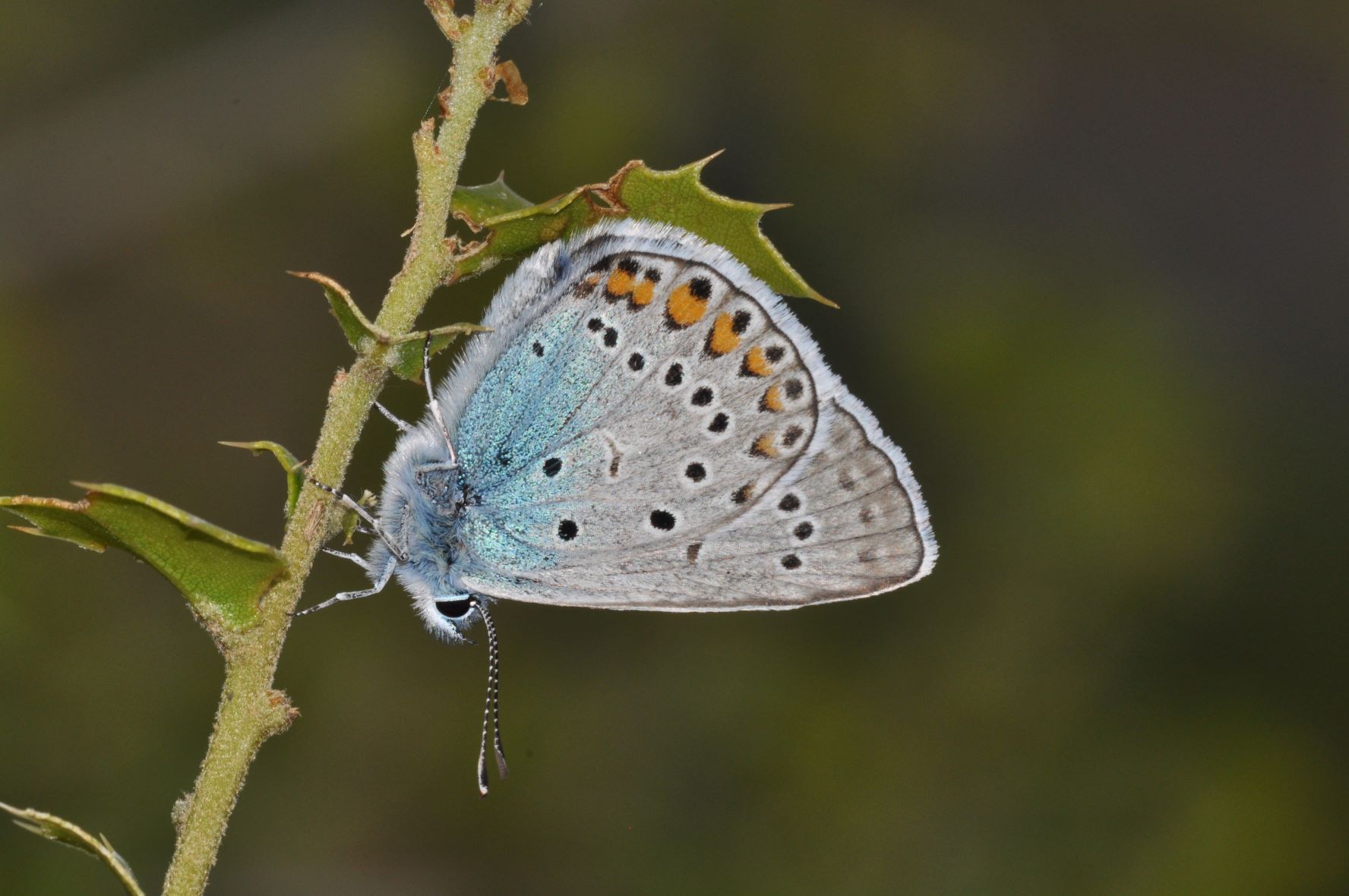
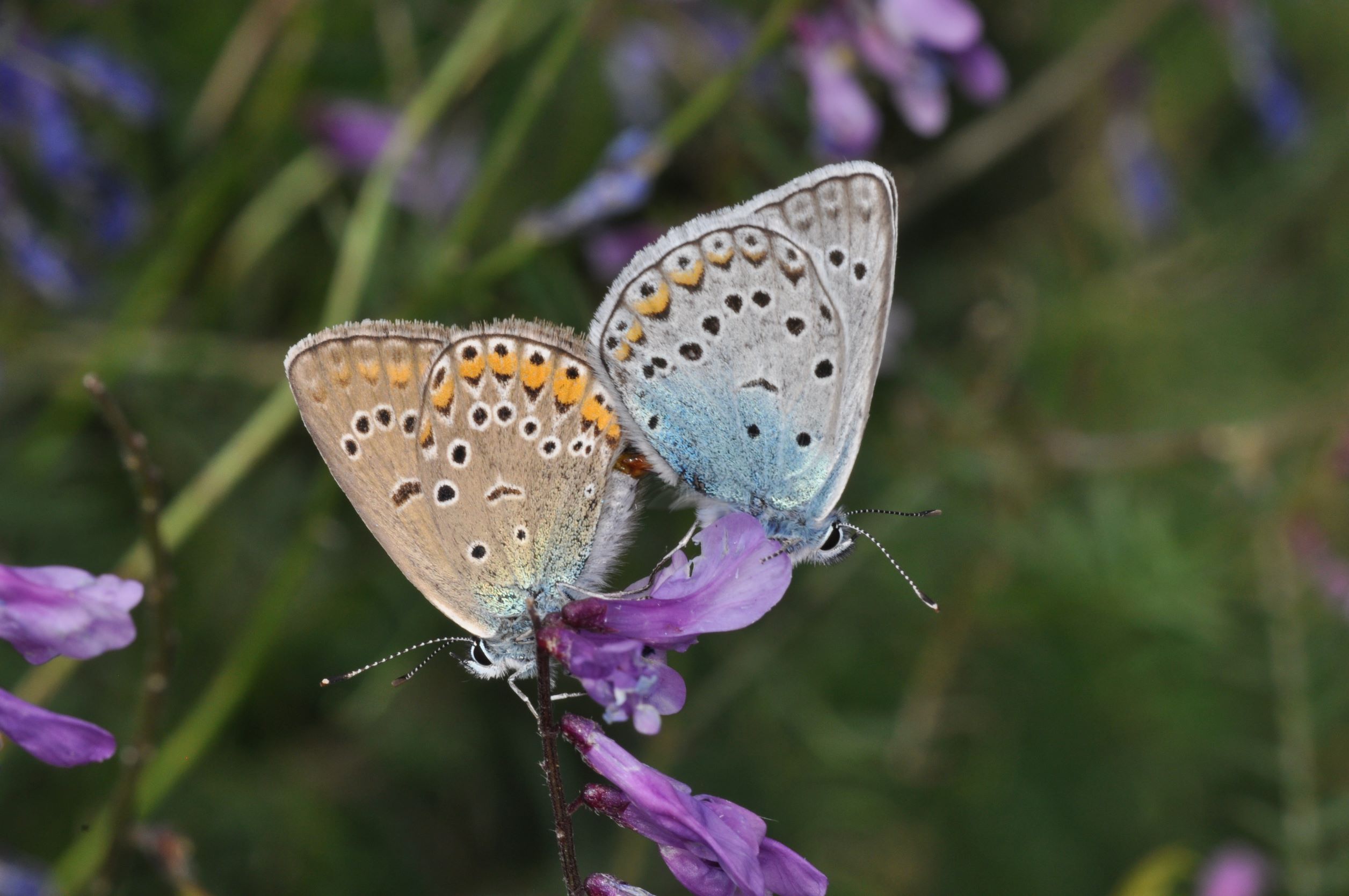 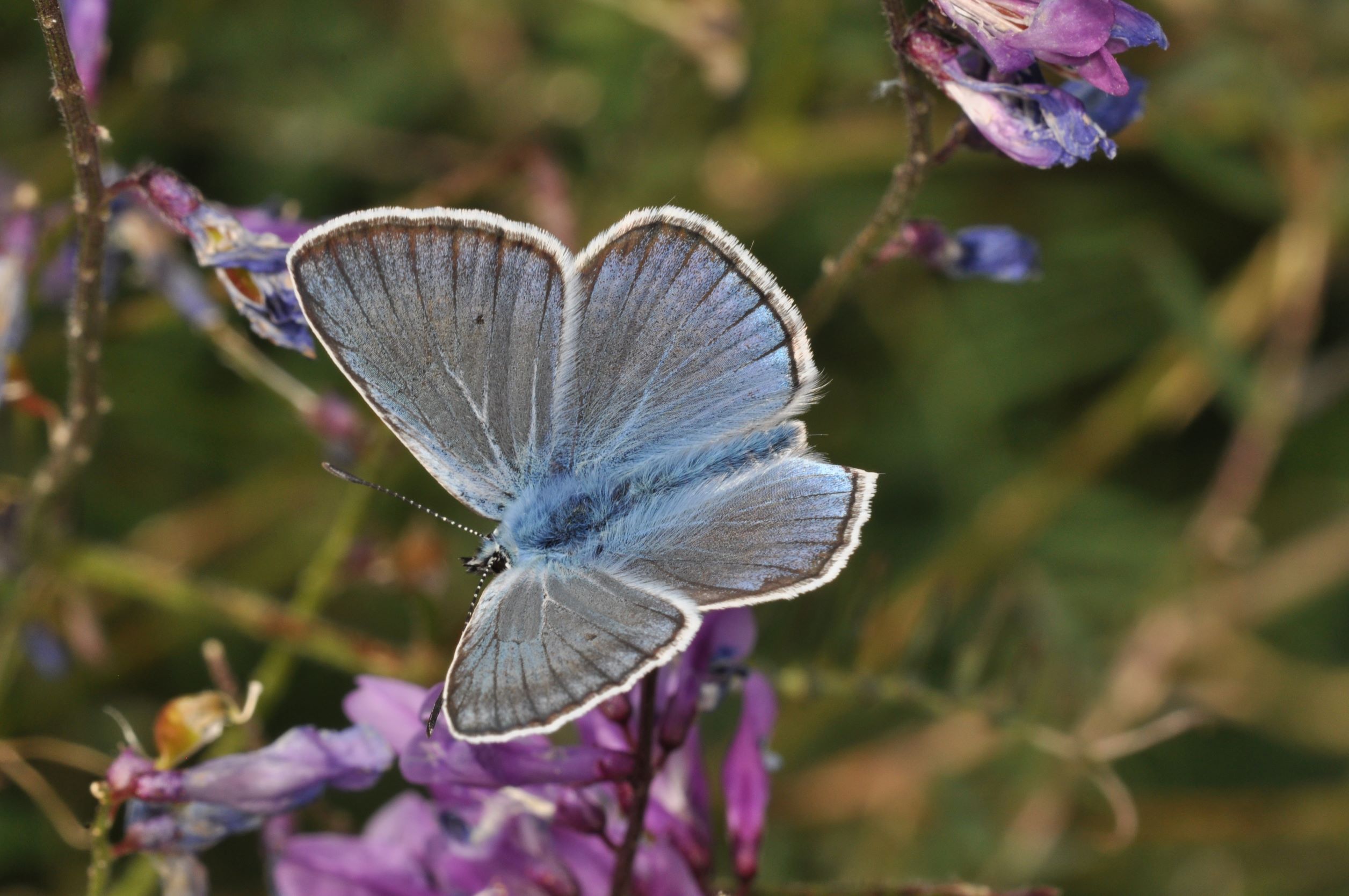
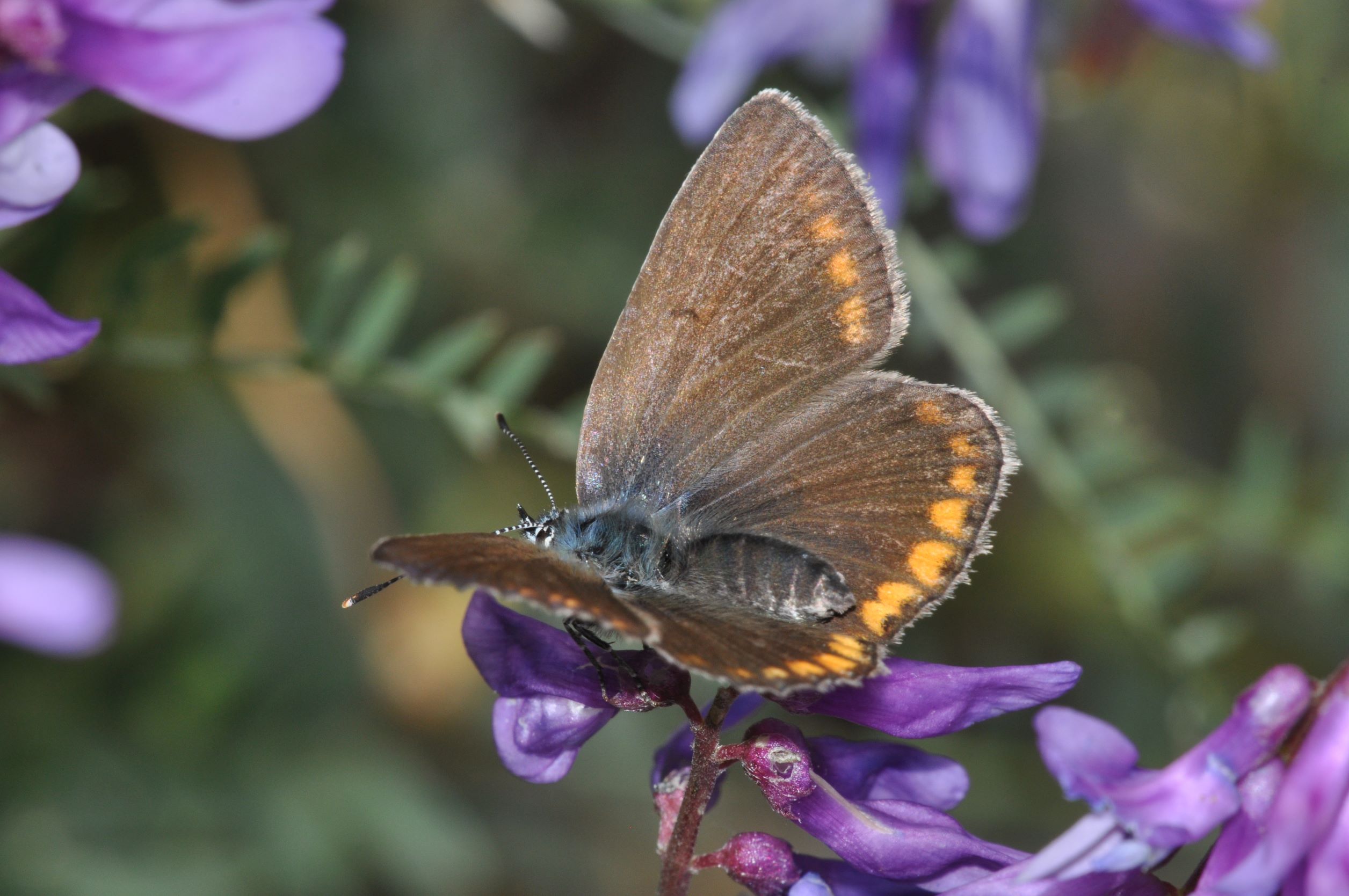 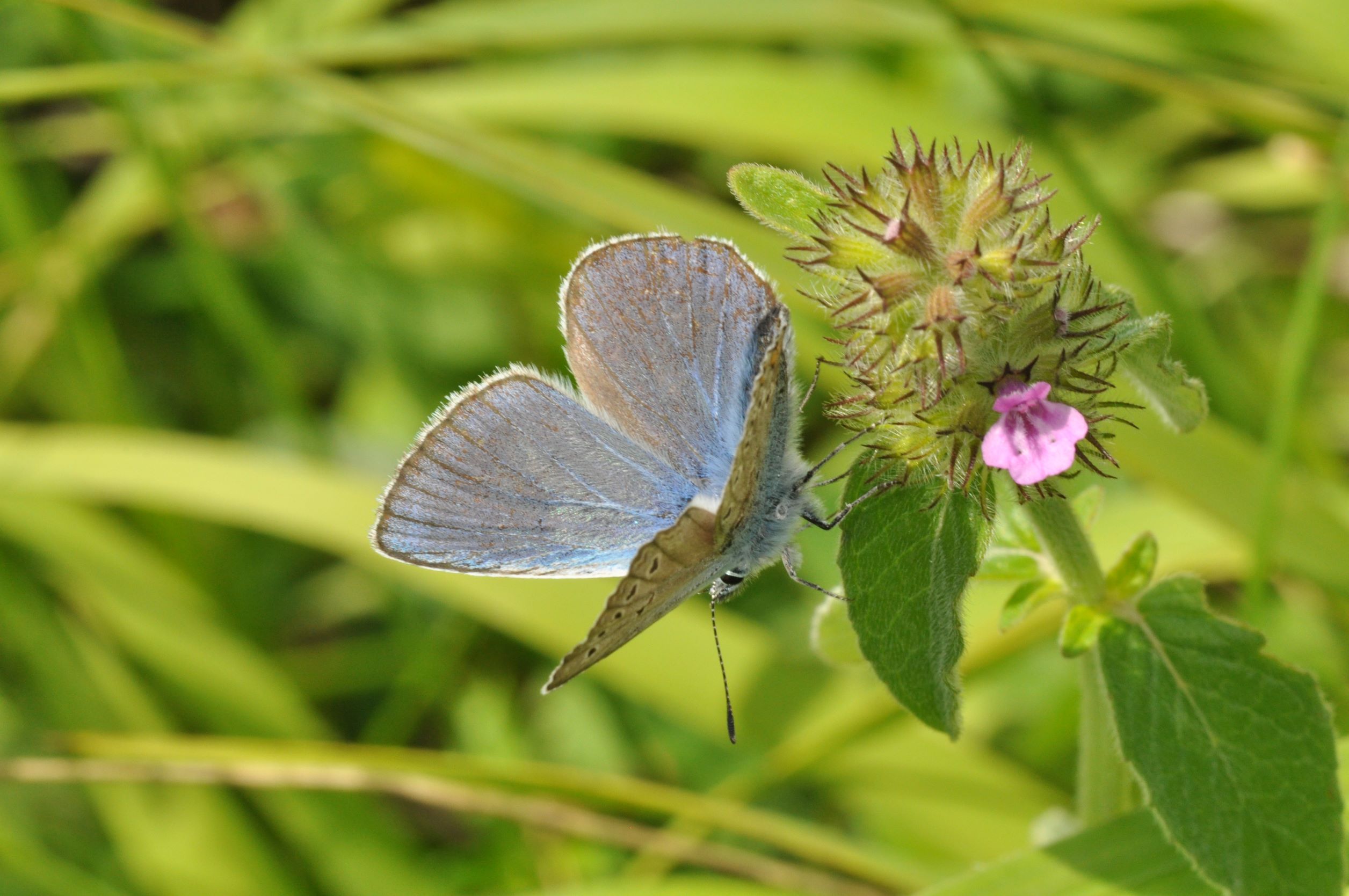
1a. Polyommatus amandus, distribution map (09.i.2025).  Historical data ; Historical data ;  Additional data from the 2018 update ; Additional data from the 2018 update ;  New observations since the 2018 update. New observations since the 2018 update.
1b. Polyommatus amandus ♂ underside. Greece (© Sylvain Cuvelier)
1c. Polyommatus amandus copula. Greece (© Sylvain Cuvelier)
1d. Polyommatus amandus ♂ upperside. Greece (© Sylvain Cuvelier)
1e. Polyommatus amandus ♀ upperside. Greece (© Sylvain Cuvelier)
1f. Polyommatus amandus ♂ lateral. SRB (© Sylvain Cuvelier)
Description
♂♂
Small butterfly. Fw: 16-19 mm.
Ups: sky blue gc.
Upf: widely suffused diffuse dark marginal border, extending along the veins.
Unh: dark marginal border extending along the veins, sometimes inconspicuous antemarginal spots.
Uns: pale grey gc, blue basal flush.
Unf: no cell-spot, usual markings, obscure marginal markings, mostly without orange submarginal lunules.
Unh: orange submarginal lunules in s1c, s2 and s3 (sometimes more) and small antemarginal black dots till s7.
♀♀
Slightly larger.
Ups:brown gc with ornage submarginal lunules (not always present on fw), more or less extensive basal blue suffusion.
Uph: black marginal spots in orange submarginal lunules from s1c to s3 or vaguely further.
Uns: grey-brownish, markings stonger, more expressed submarginal band.
Similar species
Check other Polyommatus.
Typical for Polyommatus amandus are:
Upf:  ♂♂ widely suffused black marginal border. ♂♂ widely suffused black marginal border.
Upf:  ♂♂ black veins as extension of the black marginal border. ♂♂ black veins as extension of the black marginal border.
Uph:  ♂♂ black veins as extension of the black marginal line. ♂♂ black veins as extension of the black marginal line.
Unf:  obscure grey marginal markings, rarely vestigial orange markings. obscure grey marginal markings, rarely vestigial orange markings.
Unh:  blue basal flush. blue basal flush.
Unh:  ♂♂ pale dove grey gc. ♂♂ pale dove grey gc.
Unh:  ♀♀ dark grey-brown gc. ♀♀ dark grey-brown gc.
Unh:  ♂♂ orange sm markings in s1c, s2 and s3 weakening from anal angle towards costa. ♂♂ orange sm markings in s1c, s2 and s3 weakening from anal angle towards costa.
Unh:  ♀♀ conspicuous orange sm markings and black marginal spots weakening from anal angle towards costa. ♀♀ conspicuous orange sm markings and black marginal spots weakening from anal angle towards costa.
Upf + uph:  ♀♀ variable basal to extensive blue suffusion (careful with blue forms of ♀♀ P. icarus and ♀♀ P. thersites) ♀♀ variable basal to extensive blue suffusion (careful with blue forms of ♀♀ P. icarus and ♀♀ P. thersites)
Unf:  no cell-spot (careful with P. icarus forma icarinus and P. thersites) no cell-spot (careful with P. icarus forma icarinus and P. thersites)
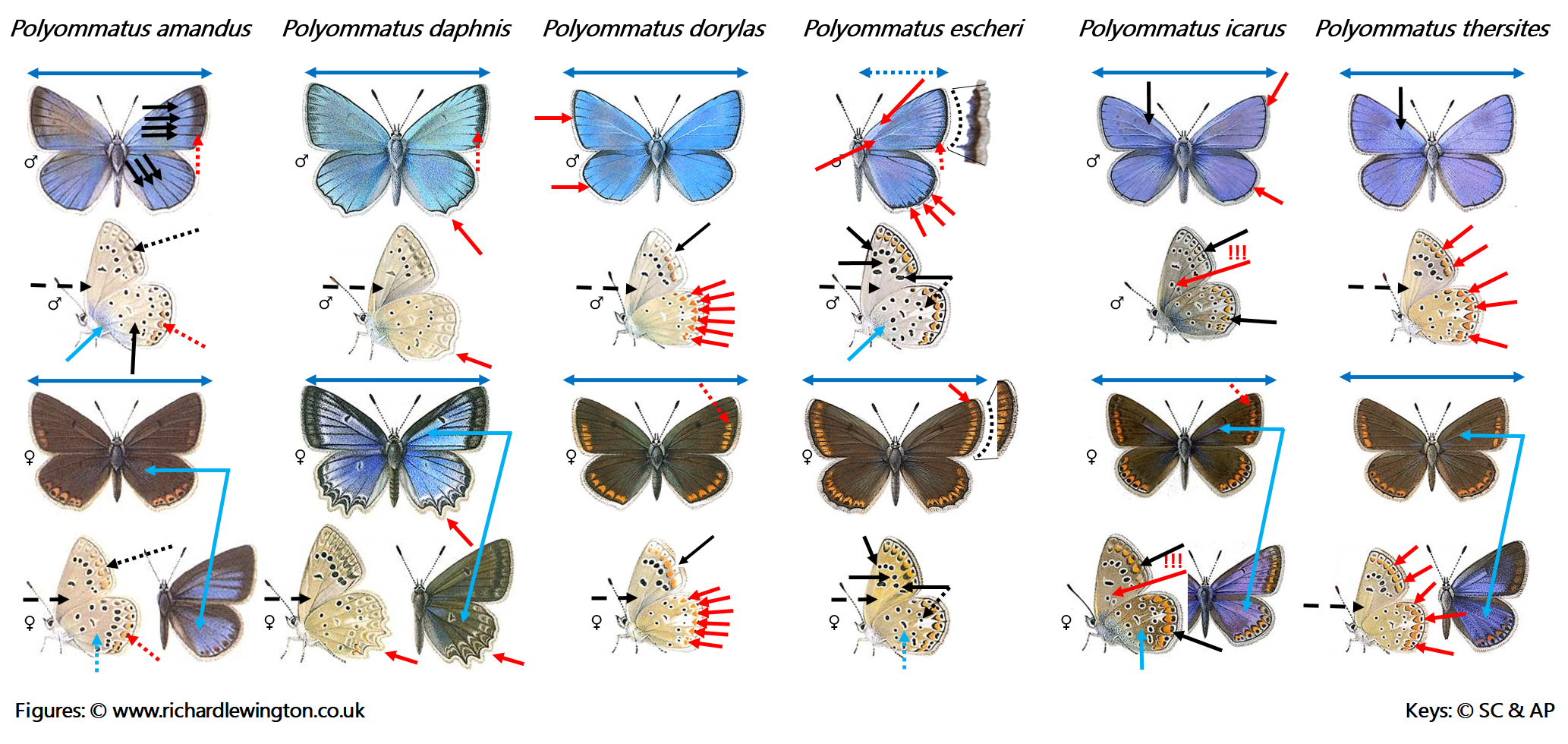 
Life cycle
Adults: single generation from May till mid-August.
Egg: short stage.
Caterpillar: overwintering as young larva.
Pupa: short stage.
Habitat
Polyommatus amandus inhabits warm, mesophilic grasslands with abundant flowers, scattered bushes or open forest and near forest edges from lowland up to 1800 m a.s.l.
Spatial requirement modest, population density can be high.
Foodplants
Caterpillars feed mainly on Vicia species, also mentioned are Lathyrus sp., Medicago sativa and Securigera varia.
Butterflies feed on a variety of larger flowers.
Distribution
Albania: widespread in the Northern Albanian Alps, local in other mountain areas.
Balkan: AL - BG - BIH - GR - HR - NMK - MNE - RKS - RO - SLO - SRB
Europe: IB - IT - ALP - BAL - NWE - UK - SCA - EEU
Asia Minor, Near East, Transcaucasia, Caucasus and further east.
Conservation status
Polyommatus amandus is not endangered.
Albanian Red List: NE.
IUCN Red List, category at the Mediterranean level: LC.
Useful links
Pyrgus.de
Lepiforum
Euroleps
|
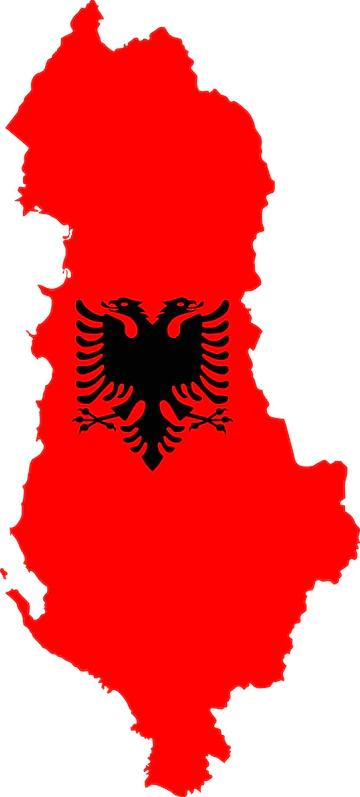 xx
xx 

 Historical data ;
Historical data ;  Additional data from the 2018 update ;
Additional data from the 2018 update ;  New observations since the 2018 update.
New observations since the 2018 update.